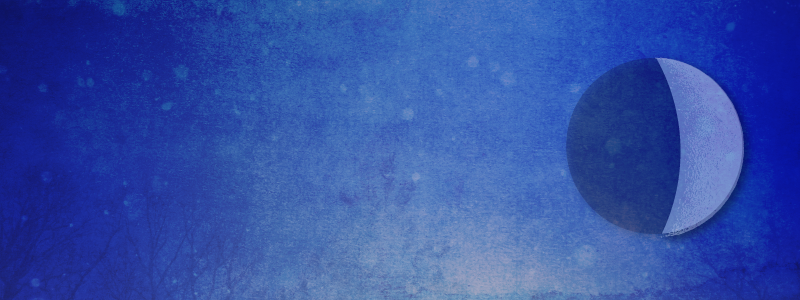There Goes the Sun! The Science and History of the Winter Solstice

By Cameron Schneider
This week you may have noticed that the days seem to be getting shorter and shorter while nights are getting longer. This occurrence signals the lead up to what we call the winter solstice. The winter solstice marks the shortest day and the longest night of the entire year. The winter solstice is not only an interesting astronomical occurrence, but it is also an event that has been recognized and celebrated across various cultures for centuries.
What is the winter solstice?
The winter solstice is the term we use to refer to the yearly occurrence of when the sun travels the shortest path through the sky. During this event, half of the Earth is tilted on its axis farthest away from the sun, which essentially means that less sunlight reaches half of the Earth. As a result, in the lead up to the day of the winter solstice, it can be observed that daylight fades quicker and nights stretch out longer. In the days after the winter solstice, daylight will increasingly last longer while nighttime becomes shorter.
When does the winter solstice happen?
In the Northern Hemisphere, the winter solstice – also known as the astronomical winter –occurs on December 21 while in the Southern Hemisphere it occurs in June. In fact, as those of us who live in the Northern Hemisphere experience the winter solstice, people who live in the Southern Hemisphere will experience the summer solstice. This is because below the Earth’s equator – the middle of Earth – seasons are reversed. However, it is important to know the difference between astronomical seasons and meteorological seasons while learning about the solstice.
Astronomical seasons are determined from the position of Earth in relation to the sun while meteorological seasons are based on the annual temperature cycle. In other words, the winter solstice marks the change of Earth’s position to the sun rather than the temperature we are experiencing.
What is the historical importance of the winter solstice?
The winter solstice is an event humankind has observed for centuries. Ancient Romans, the Inca, and ancient Norsemen of Scandinavia are just a few groups who had their own unique celebrations surrounding the winter solstice. In fact, holidays and customs that are still celebrated today come from these ancient celebrations.
Tell me more!
If you would like to learn more about the winter solstice, Chabot Space and Science Center is hosting a Family Astronomy event called Winter Solstice – The Longest Night on December 21. During this event you can enjoy complimentary hot cider, hot chocolate, and cookies while learning about the history and science of the winter solstice.
Chabot is also hosting another Family Astronomy event on December 23 where you can learn more about astronomy through delicious and edible creations.
To learn more about these events and to buy tickets go to chabotspace.org.




